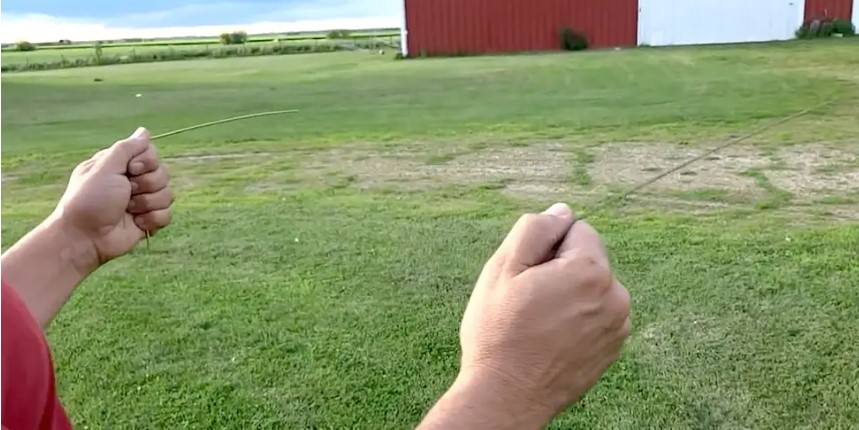News
Can Dowsing Rods Locate Water Supplies?
Finding water in the 21st century really isn’t all that difficult. We turn on the tap and out it streams, without so much as a second thought.
However, it hasn’t always been that easy and – although we’re now blessed with a solid pipe network and other infrastructure that brings us what we need when we need it – in times past, civilisations had to rely on other ways of finding precious water supplies.
For thousands of years, dowsing was the go-to method for water discovery and, in fact, ancient wall murals and prehistoric cave paintings in the Sahara dating back at least 8,000 years actually show a dowser using a forked branch to locate freshwater… so it’s been around as a technique for quite some time.
This type of divination wasn’t just used to find water, however, and practitioners also used their dowsing rods to find buried ore and metals, gemstones, oil and even burial sites. Traditionally, a Y-shaped twig or rod was used, or perhaps two L-shaped ones used together, with some trees more preferable than others, such as hazel, willow or peach.
Dowsers hold these rods with one fork in each hand and the third stem of the branch pointing straight ahead of them. Walking slowly across the site where water is suspected, they would pay close attention to the behaviour of the stick, looking out for twitches, inclines and dips, which would suggest that water is present.
Now, you might well think that given all the technology we now have at our disposal that dowsing would be something of a lost art… but it seems that this is by no means the case, even now.
It seems that some utility companies around the UK are still using the ancient art of willow witching (as it’s also known) to help them locate leaks across their catchment areas – which suggests that there may well be some actual scientific fact backing it up as a technique.
Apparently, water supplier Thames Water still makes use of dowsing rods to help them find or narrow down locations where there may be problems along the network, while Severn Trent also supplies their engineers with these tools to help them get the job done.
However, industry regulator Ofwat has discredited the use of dowsing rods to help locate water hotspots and controlled scientific studies have found that the practice is, indeed, ineffective.
According to a recent New Scientist article, dowsing rods twitch around because of ideomotor movements, muscle movements that happen because of subconscious mental activity. To the practitioner, it looks and feels as though these movements are involuntary, even though they’re not.
Given all this, if you do suspect that you may have a leak somewhere onsite, you may be better served to get in touch with the H2o Building Services team to see how we can help you address water leak detection and repairs more effectively. Give us a call today to see what we can do.
